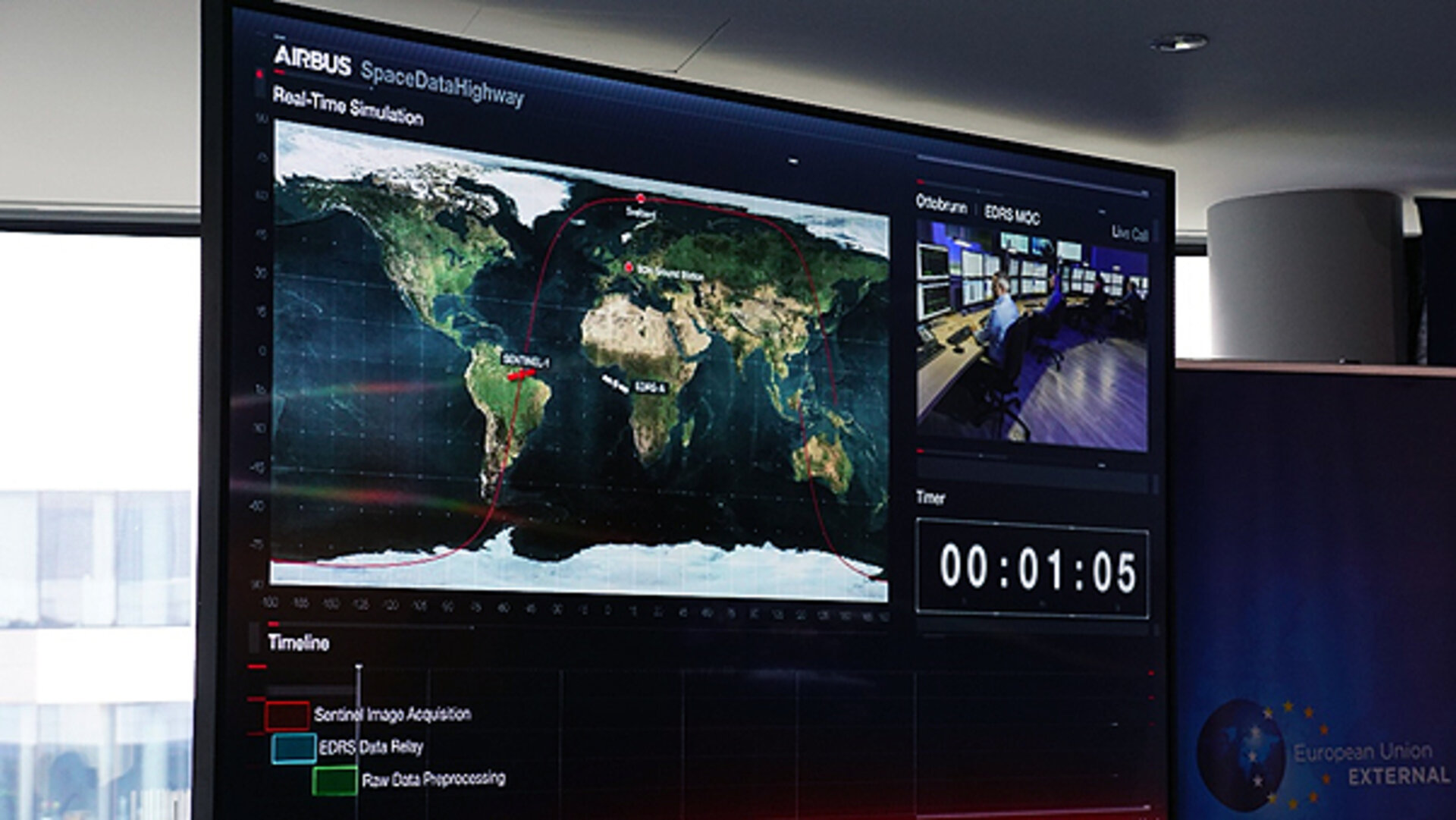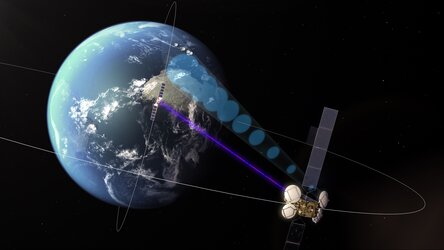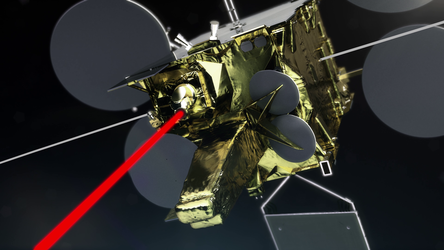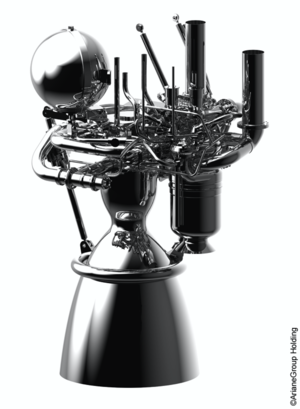Accept all cookies Accept only essential cookies See our Cookie Notice

About ESA
The European Space Agency (ESA) is Europe’s gateway to space. Its mission is to shape the development of Europe’s space capability and ensure that investment in space continues to deliver benefits to the citizens of Europe and the world.
Highlights
ESA - United space in Europe
This is ESA ESA facts Member States & Cooperating States Funding Director General Top management For Member State Delegations European vision European Space Policy ESA & EU Space Councils Responsibility & Sustainability Annual Report Calendar of meetings Corporate newsEstablishments & sites
ESA Headquarters ESA ESTEC ESA ESOC ESA ESRIN ESA EAC ESA ESAC Europe's Spaceport ESA ESEC ESA ECSAT Brussels Office Washington OfficeWorking with ESA
Business with ESA ESA Commercialisation Gateway Law at ESA Careers Cyber resilience at ESA IT at ESA Newsroom Partnerships Merchandising Licence Education Open Space Innovation Platform Integrity and Reporting Administrative Tribunal Health and SafetyMore about ESA
History ESA Historical Archives Exhibitions Publications Art & Culture ESA Merchandise Kids Diversity ESA Brand Centre ESA ChampionsLatest
Space in Member States
Find out more about space activities in our 23 Member States, and understand how ESA works together with their national agencies, institutions and organisations.
Science & Exploration
Exploring our Solar System and unlocking the secrets of the Universe
Go to topicAstronauts
Missions
Juice Euclid Webb Solar Orbiter BepiColombo Gaia ExoMars Cheops Exoplanet missions More missionsActivities
International Space Station Orion service module Gateway Concordia Caves & Pangaea BenefitsLatest
Space Safety
Protecting life and infrastructure on Earth and in orbit
Go to topicAsteroids
Asteroids and Planetary Defence Asteroid danger explained Flyeye telescope: asteroid detection Hera mission: asteroid deflection Near-Earth Object Coordination CentreSpace junk
About space debris Space debris by the numbers Space Environment Report In space refuelling, refurbishing and removingSafety from space
Clean Space ecodesign Zero Debris Technologies Space for Earth Supporting Sustainable DevelopmentLatest
Applications
Using space to benefit citizens and meet future challenges on Earth
Go to topicObserving the Earth
Observing the Earth Future EO Copernicus Meteorology Space for our climate Satellite missionsCommercialisation
ESA Commercialisation Gateway Open Space Innovation Platform Business Incubation ESA Space SolutionsLatest
Enabling & Support
Making space accessible and developing the technologies for the future
Go to topicBuilding missions
Space Engineering and Technology Test centre Laboratories Concurrent Design Facility Preparing for the future Shaping the Future Discovery and Preparation Advanced Concepts TeamSpace transportation
Space Transportation Ariane Vega Space Rider Future space transportation Boost! Europe's Spaceport Launches from Europe's Spaceport from 2012Latest

The European Data Relay System monitors the Earth in almost real time
Thank you for liking
You have already liked this page, you can only like it once!
A satellite network that can zoom in on ships at sea and check for oil spills in almost real time has demonstrated its capabilities at a high-level international event in Brussels.
The demonstration of the capabilities of the European Data Relay System (EDRS) was made to delegates at the headquarters of the European External Action Service on 10 July.
Dubbed the “SpaceDataHighway” by its private operator Airbus, EDRS enables Earth-observation satellites to deliver their information to users on the ground in near real-time, accelerating response to emergency situations and spurring the development of new services and products.
The system works by using lasers to speed up the collection of data from Earth-observation satellites that are in low Earth orbit.
Without EDRS these satellites can only relay their information when they are in direct line-of-sight with a ground station, which on average only happens every 90 minutes.
With EDRS, they send their data through space via laser to one of the EDRS satellites in a higher, geostationary orbit that have a constant view of a ground station.
Delegates at the meeting watched staff from the European Maritime Safety Agency analyse images of ships off the coast of French Guiana that were captured just seconds earlier by an Earth-observation satellite called Copernicus Sentinel-1B as it orbited the planet.
The team were able to pinpoint individual ships on a 60,000 square kilometre patch of the Atlantic Ocean that was twice the size of Belgium.
They checked the ships’ wakes for any evidence of oil spills – and found none on this occasion.
The whole process took less than 20 minutes.
-
CREDIT
ESA -
LICENCE
ESA Standard Licence

EDRS high-speed feeder link relays to Europe

Space data without delay

What is the European Data Relay System?

EDRS: using lasers where it counts















 Germany
Germany
 Austria
Austria
 Belgium
Belgium
 Denmark
Denmark
 Spain
Spain
 Estonia
Estonia
 Finland
Finland
 France
France
 Greece
Greece
 Hungary
Hungary
 Ireland
Ireland
 Italy
Italy
 Luxembourg
Luxembourg
 Norway
Norway
 The Netherlands
The Netherlands
 Poland
Poland
 Portugal
Portugal
 Czechia
Czechia
 Romania
Romania
 United Kingdom
United Kingdom
 Slovenia
Slovenia
 Sweden
Sweden
 Switzerland
Switzerland

























